Reintroducing free-roaming herbivores to fire-prone landscapes can reduce wildfire risk and enhance biodiversity.
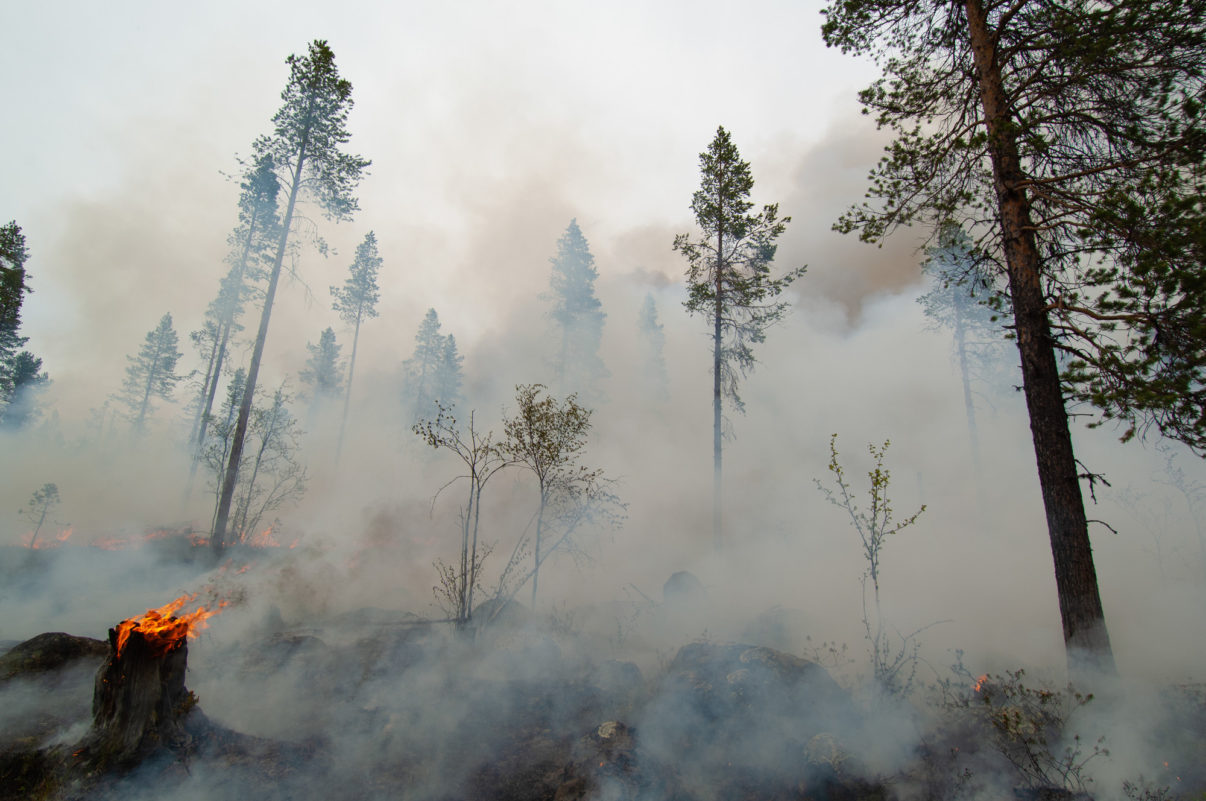
A burning issue
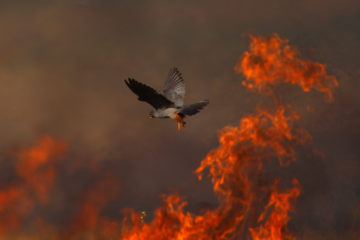
Concern about wildfire risk is growing around the world. Recent years have seen unusually severe fires in countries such as Canada, the US, Australia, Spain, Portugal, Greece and Chile claim hundreds of lives and cause huge amounts of economic damage.
In many regions, climate change is increasing the likelihood of hot and dry conditions in which wildfires thrive. Fire seasons have already lengthened around the world, and modelling predicts significant increases in fire activity in high-risk areas such as southern Canada, the western US and southern Europe.
The Mediterranean region accounts for around 85 percent of the burned area in Europe every year. This is due to extreme weather, compounded by problems of rural depopulation, flammable tree species, and encroachment of shrubland on urban areas. As the episode of the TV series Europe’s New Wild (co-produced by Rewilding Europe) titled “The Missing Lynx” shows, these fires can be devastating to people, property and wild nature.
Grazing fire brigades
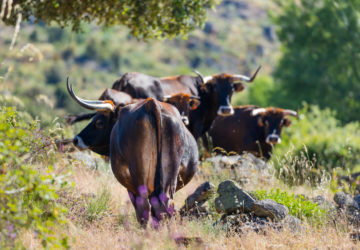
To date, the most common way of mitigating wildfire risk has been to promote and develop very expensive and complicated fire prevention programmes. Even when people look to nature for solutions to wildfires made bigger, hotter and more dangerous by climate change, they tend to focus on vegetation – not animals.
Yet experience from the Greater Côa Valley rewilding area in northern Portugal, as well as other parts of the world, is demonstrating how rewilding – and more specifically grazing by large, free-roaming herds of herbivores such as horses and wild cattle – can be a far cheaper and far more natural, low-impact way of controlling wildfire, while boosting local biodiversity at the same time. Such herds are rapidly gaining a reputation as highly effective “grazing fire brigades”
The Greater Côa Valley: a case in point
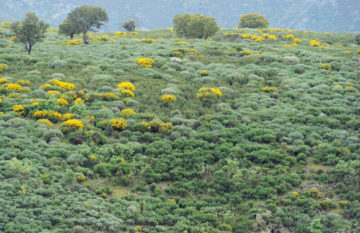
“The Missing Lynx” shows how long-term rural depopulation in the Greater Côa Valley has led to heightened wildfire risk. Like much of the Mediterranean region, the valley has experienced high levels of land abandonment for many years. As people have left the land, so grazing livestock numbers have plummeted, meaning many landscapes are increasingly covered by young, often monotonous forest or dense scrub. The proliferation of bushes, coupled with the close plantation of pine and eucalyptus trees, leaves such landscapes highly susceptible to wildfire.
Rewilding offers a ready-made solution to this issue. By bringing back grazing – not with livestock but with wild and semi-wild herbivores – the Rewilding Portugal team and local partners are significantly reducing wildfire risk, with such herbivores consuming plant matter that would otherwise accumulate as fuel, creating mosaic landscapes with open spaces that act as effective firebreaks, and reengineering the soil and litter layer.
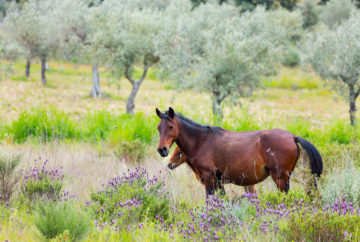
Immediate impact
Since 2006 around 45 Garrano horses have been released into the 1000-hectare Faia Brava Reserve, which straddles the Côa Valley, plus a number of Tauros (a type of ancient cattle).
“These animals have already reduced the incidence of wildfire in Faia Brava,” says Rewilding Portugal team leader Pedro Prata. “In 2017, much of the Côa Valley was severely impacted by fire. The reserve and surrounding area escaped, principally because of natural grazing and permanent vigilance.”
Added value
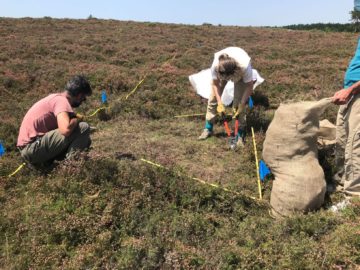
The creation of mosaic landscapes through natural grazing also helps to enhance biodiversity. In the Greater Côa Valley, such landscapes are helping to boost populations of species such as the European rabbit and red-legged partridge, which in turn increases the availability of prey for predators such as the Iberian lynx and Bonelli’s eagle and scavengers such as vultures.
The Côa Valley is one of the case study areas of the three-year GrazeLIFE project. The project evaluates the benefits of various land management models involving domesticated and wild/semi-wild herbivores.
